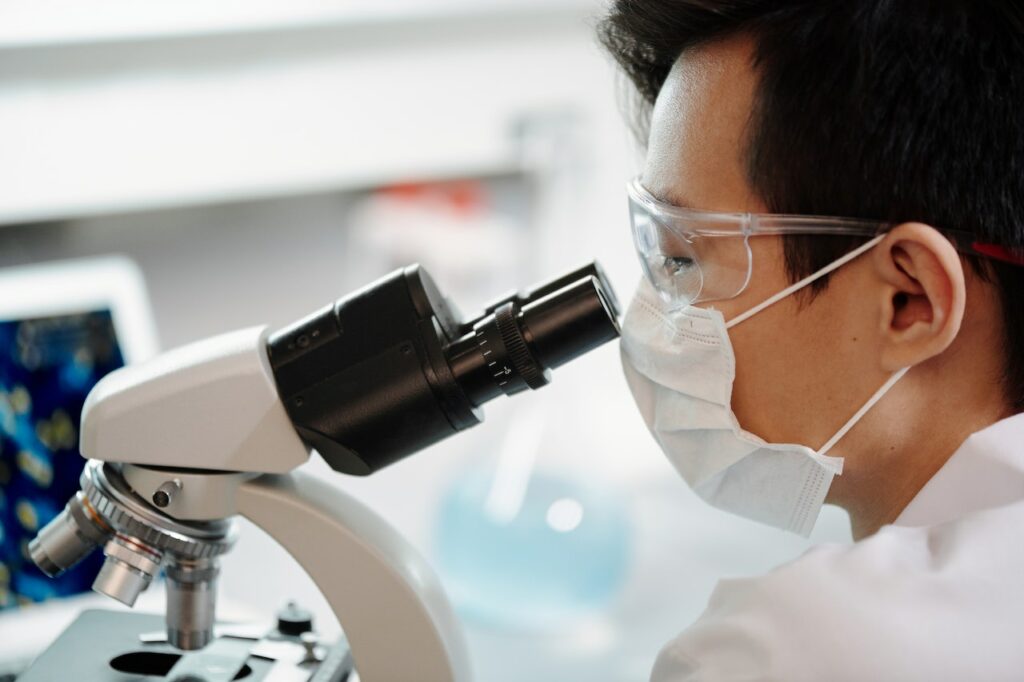Tissue sampling can help you identify areas of stress in your crops. There are several factors to consider, including timing and costs. You will also need to choose a laboratory with reliable services. These steps are time-consuming but can prove to be very beneficial. Here are some tips to make the process go as smoothly as possible.
Sample Timing
One way to sample tissues more effectively is by randomizing the number of crosses that hit the tissue. This can be achieved by applying the “Orientation” method. Similarly, tissue slabs with a vertical axis should be prepared with vertical uniform random (VUR) sections. This method reduces the time required for preparing samples by half.
Another way to ensure quality tissue samples is by timing them correctly. Tissue concentrations vary throughout the day, and it is essential to know when to sample for the most accurate results. Try to test at the same time each day. Ideally, samples should be collected in the early stages of growth.
It is better to use a weighted sample instead of a density-calculated volume to ensure accurate densities. However, this method is less effective for fresh lung tissue because the air content is variable. Moreover, organs perfused with fixatives will have irregular air content, which will cause the densities to be inaccurate.
Selection of a Reliable Laboratory
Choosing a reputable laboratory for tissue sampling is essential to obtain reliable results. The laboratory must be close to the production area and be able to deliver results quickly. Whether it is through electronic mail or FAX, selecting a laboratory with short turnaround times is essential. Tissue samples can be mailed on priority to avoid delay. Choosing a reliable laboratory with standardized protocols is necessary to avoid significant differences between test results from different laboratories.
To choose a reliable laboratory, check its accreditation and quality assurance program. An active quality assurance program ensures the precision and accuracy of the results. It would help if you also looked for laboratories participating in the North American Proficiency Testing program, demonstrating their commitment to plant tissue quality.
Costs
Tissue sampling is becoming a standard tool for research and development. Although the costs of tissue collection may be high, tissue biorepositories are willing to share their samples with other researchers for a small fee. The fees are spread among users, allowing everyone to benefit from these collections. These facilities also provide loans to researchers.
Tissue samples are essential for biomedical research and development. However, they are costly and time-consuming to collect. To minimize these costs, finding a reputable source for biospecimens is critical. There are several types of biospecimen providers, each of which can meet the needs of different researchers.
The first step is to create a list of desired tissues and note down the UWBM#, scientific name, and specimen number. This list will help you request additional samples if necessary. You should also indicate the amount of genetic material you already have. Large projects will often require multiple tissue samples.
Time-Consuming Process
Tissue sampling is a time-consuming process that involves multiple steps. The first step consists in acquiring a sample and grossing it. The second step involves processing the model. The process is usually automated, though it can also be performed manually. The process can vary from laboratory to laboratory, but most tissue processors follow a similar approach.
The pathologist will then analyze the tissue samples to extract clues for diagnosis. They will then apply special chemical dyes to the models to bring color and contrast to the various constituents within the tissue. This process is very time consuming and requires the expertise of experienced technicians. There is also the risk of misdiagnosis because of the uncertainty associated with tissue staining. Additionally, current histochemical staining techniques do not preserve the original tissue sample.
Fortunately, artificial intelligence is improving the process. UCLA researchers have developed a computer algorithm that uses artificial intelligence to recreate the staining process on tissue images. The new method eliminates expensive chemicals and allows pathologists to analyze tissue images more quickly and efficiently.
